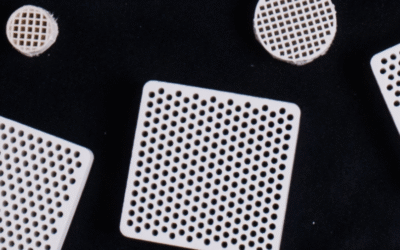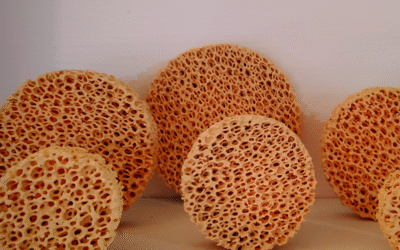Introduction to Ceramics Ceramics fall into two main types: technical ceramics (advanced or engineering ceramics) and traditional ceramics. I recommend understanding their composition, properties, and uses to see how they differ. Technical ceramics are made for...
Industrial Ceramics
What Is More Porous, Ceramic Or Porcelain?
Overview: Porosity of Ceramic vs. Porcelain I've studied ceramic and porcelain materials for years. Their porosity levels differ quite a bit. Porcelain is a type of ceramic, but it has much lower porosity. This happens because of its dense structure and higher firing...
What Is Industrial Ceramic Coating?
Introduction to Industrial Ceramic Coating Industrial ceramic coating applies advanced ceramic materials onto surfaces. These materials include chrome oxide, zirconium oxide, and alumina. You can apply them to metals, plastics, and glass. The coating creates a strong...
What Are The 5 Types Of Ceramic Materials?
You can group ceramic materials in many ways beyond the main five types. I suggest looking at composition, processing method, structure, and application. Overview of the 5 Main Types of Ceramic Materials Ceramic materials fall into five major groups. We classify...
What Are Porous Ceramic Particles For Filtration?
What Porous Ceramic Filters Are Porous ceramic particles for filtration are solid materials. They have networks of open pores that connect throughout. These pores let fluids pass through—water or air, for example. At the same time, they trap particles bigger...
How To Reduce Porosity In Ceramics?
Ever struggled with ceramics that turn out weaker than expected? Or they soak up water like a sponge? Porosity is to blame. Those tiny, hidden holes mess with performance. I've seen this problem in filters, insulators, and tough parts. Managing porosity is key for all...






